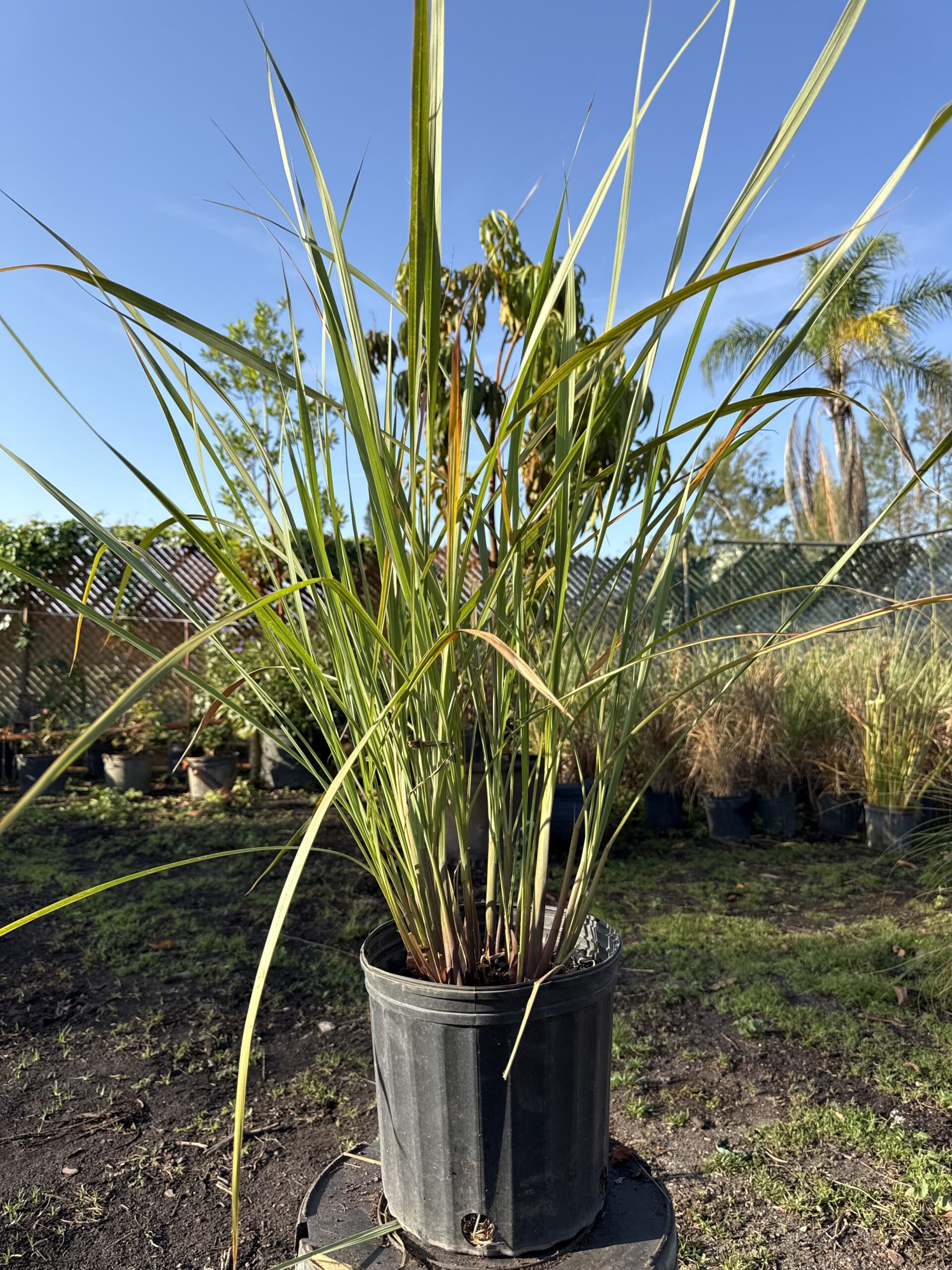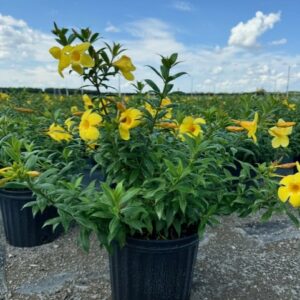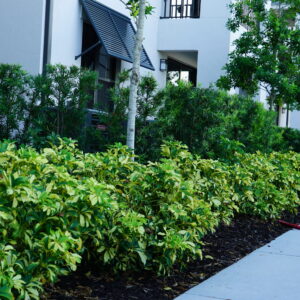Fakahatchee Grass
Fakahatchee grass (Tripsacum dactyloides), also known as eastern gamagrass, is a tall, clump-forming native grass found in the southeastern U.S. It grows 4–6 feet tall with bright green, arching leaves and striking flower spikes that can reach 8 feet high. Thriving in moist soils and full sun, it’s perfect for wetlands, rain gardens, and natural landscapes. Valued for its beauty and toughness, it provides food and cover for wildlife, controls erosion, and requires little maintenance. Its bold, fountain-like shape makes it a standout in both wild and ornamental settings.
$15.00
Availability: In stock
Related products
-
All Products
Allamanda Dwarf
$22.63 – $50.71Price range: $22.63 through $50.71 This product has multiple variants. The options may be chosen on the product page -
All Products
Arboricola Trinette
$22.64 – $52.50Price range: $22.64 through $52.50 This product has multiple variants. The options may be chosen on the product page
Fakahatchee Grass (Tripsacum dactyloides) is a robust, clump-forming perennial grass native to the southeastern United States, with its natural range extending from the southern U.S. to Central America. Named after the Fakahatchee Strand in Florida—one of the regions where it thrives—this striking native species is often valued for both its ornamental qualities and ecological benefits.
Fakahatchee grass forms dense, fountain-like clumps of bright green, arching foliage that can grow between 4 to 6 feet tall and equally wide. Its long, linear leaves have a coarse texture and a vibrant, upright appearance that adds dramatic vertical interest to landscapes. During late spring through summer, the grass sends up tall flower spikes that can reach up to 8 feet in height. These spikes bear unique, purplish-bronze flowers arranged in pairs of male and female florets, a trait distinguishing it from many other grasses. The flowers eventually give way to clusters of seed heads that are not only visually appealing but also provide food for wildlife.
Thriving in moist to wet soils, Fakahatchee grass is commonly found in swamps, marshes, and along the edges of streams, ponds, and wetlands. Despite its preference for moisture, it exhibits surprising adaptability and can tolerate short periods of drought once established. It performs best in full sun but can tolerate partial shade, making it a versatile choice for a variety of garden and restoration settings.
Fakahatchee grass is often used in native and wildlife gardens, naturalized landscapes, rain gardens, and ecological restoration projects due to its low maintenance requirements and environmental benefits. Its deep root system helps stabilize soil and reduce erosion, especially in riparian zones. Moreover, the dense foliage provides excellent cover and nesting habitat for birds and small mammals, while its seeds are a valuable food source for wildlife.
In addition to its ecological role, Fakahatchee grass is prized for its aesthetic appeal in landscape design. Its tall, fountain-like shape and year-round green foliage make it an eye-catching specimen plant or a bold addition to mass plantings and mixed borders. It is also deer-resistant and generally pest-free, further enhancing its appeal as a sustainable landscaping choice.
Overall, Fakahatchee grass is a hardy, attractive, and multifunctional native grass that supports biodiversity, enhances habitat resilience, and adds a dynamic visual element to natural and cultivated settings alike.



